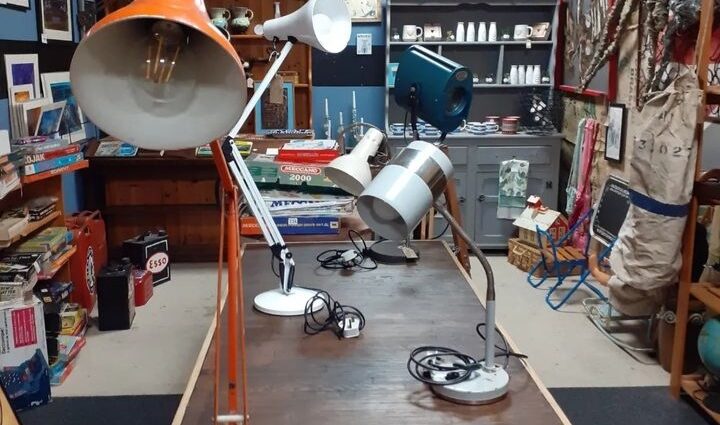The Dawn of Industrial Lighting
The history of industrial lights traces back to the late 18th century when the Industrial Revolution transformed manufacturing processes and work environments. Before the advent of electric lighting, industrial spaces relied on various lighting sources such as oil lamps, gaslights, and candles. These early lighting methods were not only inefficient but also posed significant safety hazards.
In the early 19th century, the introduction of gas lighting brought about a revolution in industrial illumination. The use of gas-powered lamps, fuelled by coal gas or later by natural gas, provided brighter and more reliable lighting than previous methods. This innovation greatly improved working conditions and productivity in factories, mills, and other industrial settings.
Electric Lighting Revolutionizes Industry
The development of electric lighting in the late 19th century marked a significant turning point in the history of industrial lighting. The invention of the incandescent light bulb by Thomas Edison in 1879 paved the way for the widespread adoption of electric lighting in industrial applications. The availability of a reliable and efficient source of illumination revolutionized the working environment for industrial workers.
Electric lighting offered several advantages over gas lighting. It provided brighter, cleaner, and more controllable light, making it easier for workers to perform their tasks with greater precision and efficiency. Moreover, electric lighting eliminated the need for manual maintenance tasks such as refilling gas lamps and cleaning sooty surfaces.
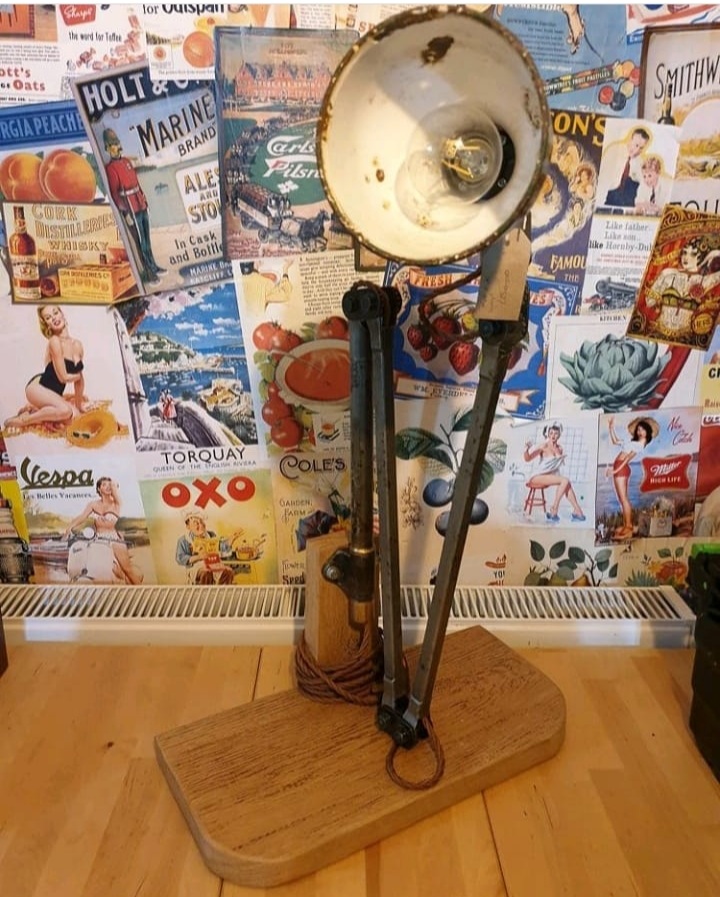
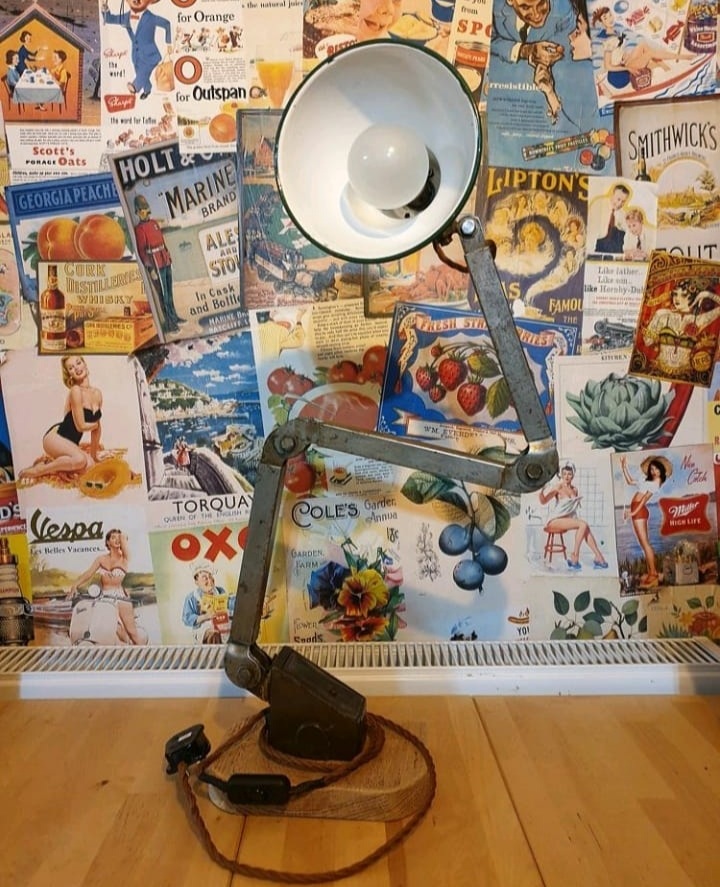
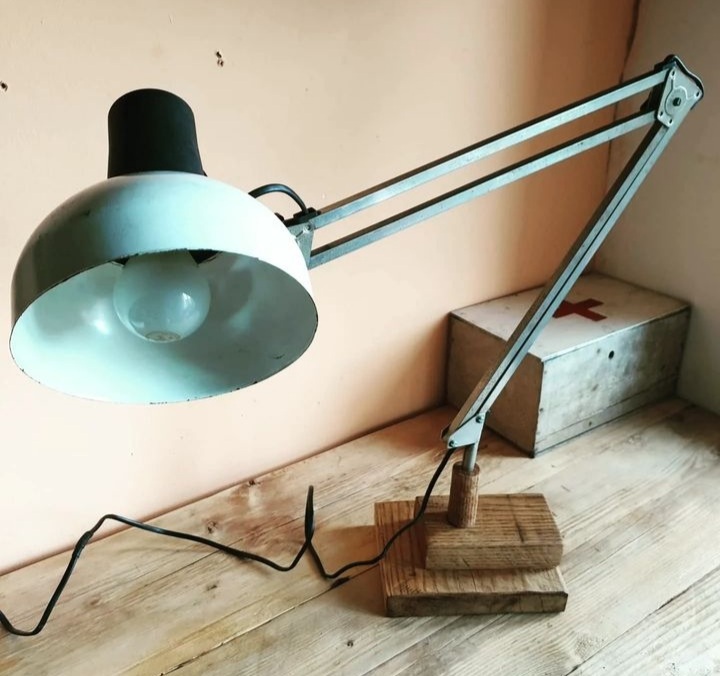
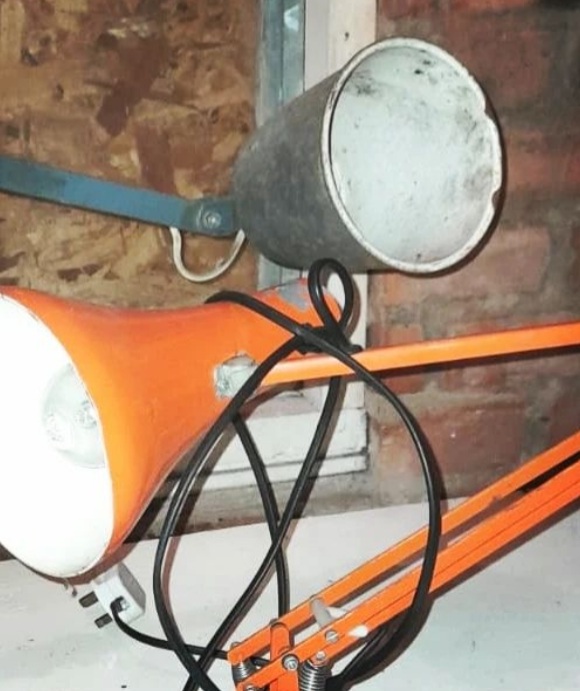
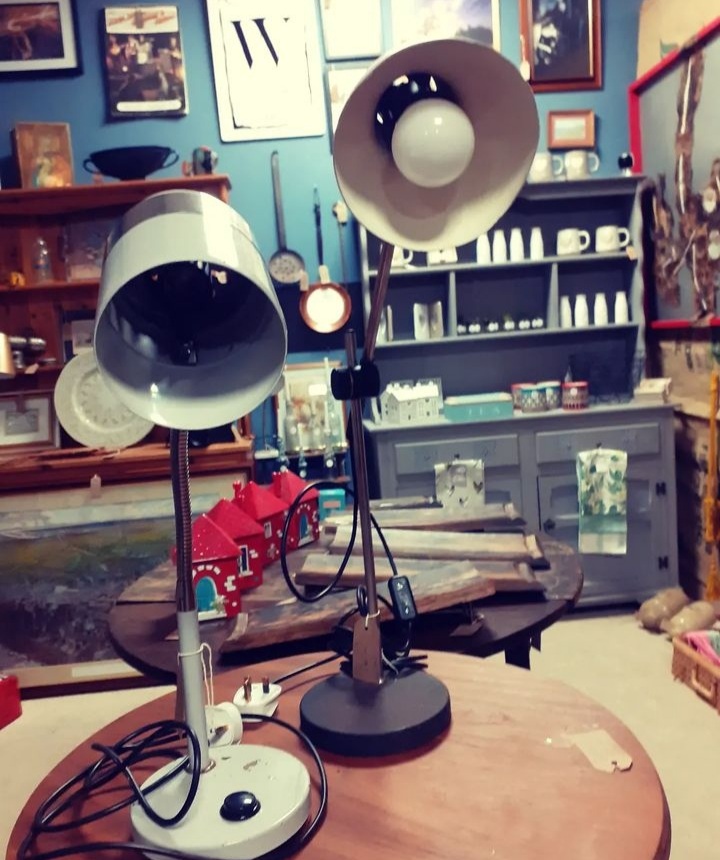
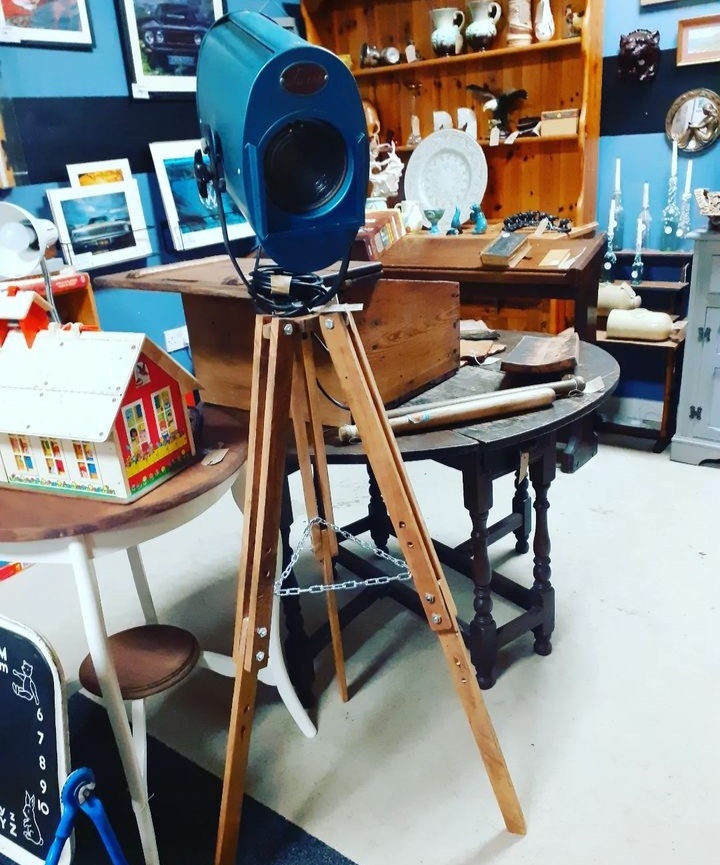
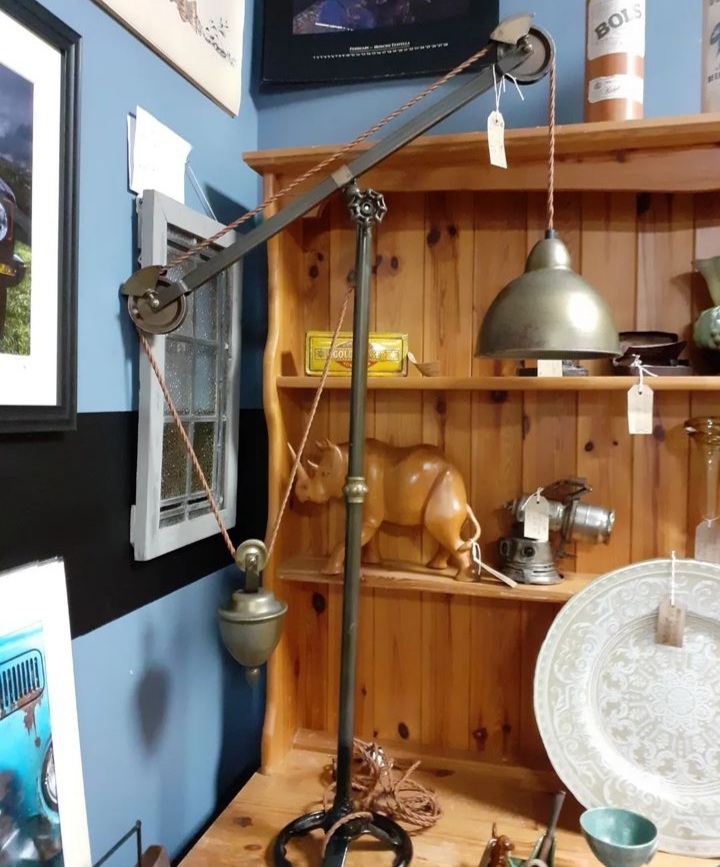
Advancements in Industrial Lighting Technology
As the industrial sector continued to expand throughout the 20th century, so did the advancements in industrial lighting technology. Engineers and scientists focused on developing lighting solutions that were more energy-efficient, durable, and tailored to specific industrial requirements.
One major development was the widespread adoption of fluorescent lighting in industrial settings. Fluorescent lights offered higher energy efficiency, longer lifespan, and better colour rendering compared to incandescent bulbs. These qualities made them ideal for large industrial spaces that required bright and uniform lighting, such as factories, warehouses, and assembly lines.
Another significant advancement was the emergence of high-intensity discharge (HID) lamps, such as metal halide and high-pressure sodium lamps. These lights provided intense illumination over large areas and became popular in outdoor industrial applications, such as car parks, ports, and industrial yards.
The Age of LED Industrial Lighting
The 21st century witnessed the rapid development and widespread adoption of light-emitting diode (LED) technology in the industrial lighting sector. LED lights offered numerous advantages over traditional lighting technologies, including energy efficiency, long lifespan, durability, and the ability to produce directional light.
LED industrial lighting systems became increasingly popular due to their significant energy savings, reduced maintenance costs, and improved lighting quality. The directional nature of LED lighting allowed for better control of light distribution, enabling focused illumination on specific work areas, reducing light pollution, and enhancing overall visibility and safety in industrial environments.
Furthermore, the integration of advanced controls and sensors into LED lighting systems allowed for intelligent lighting solutions in industrial spaces. Automated dimming, motion sensing, and daylight harvesting features optimized energy consumption and created more sustainable lighting environments.
Today, LED lighting has become the go-to choice for industrial applications, offering a combination of energy efficiency, cost-effectiveness, durability, and flexibility that continues to shape the history of industrial lighting.
Where to find us
Wildcard Curiosities is based in Freemen’s Common Antique Centre, 8 Counting House Road, Leicester, LE2 7LT.
The centre is open from Tuesday – Friday 10am-4pm Saturday 10am-5pm and Sunday 10am-4pm.
There is a café and toilets on site
Online we can be found via the below link.
